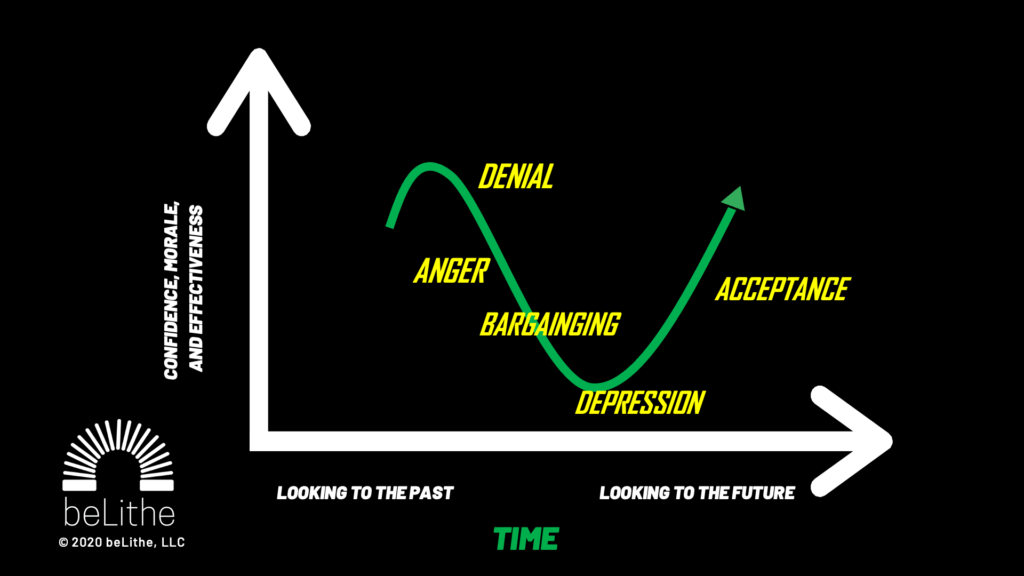How does one survive something as traumatic as a heart transplant?
I get that question occasionally. Before I answer the question, let me provide a little background.
In 2019, I was working with one of the agencies in the Indiana State government. As part of that engagement, I developed a workshop to help employees deal with changes in the workplace. Researching and developing the topics for the workshop exposed a number of different concepts for dealing with change.
Now to answer the question directly. I had five different things that sustained me through the start of my journey.
- Positive Attitude
Seems like this should be a given. The benefits of having a positive attitude are well known. For me, I believed that I was going to survive. When I started to think that my time had come, my support network would provide some sort of sign. Often, my wife would detect a change and ask what was going on or how I was feeling. After 34 years together, I would say she knows me pretty well.
Sometimes, I would receive a text message, a paper message, a card, or a phone call would come at just the right time. The timing was uncanny.
2. Trust the experts
Over my career, I have seen numerous instances where an expert was asked for a plan or to provide advice only to be ignored to the detriment of the organization.
Based on those experiences, I decided to trust the experts. To quote one of my cardiac doctor’s “We’re not trying to starve you!”. Your medical team is not trying to harm you or damage you. They want you to live.
To this day, I follow the advice of the doctors, nurses, transplant coordinators, and physical therapists. When a situation requires a decision, I ask “What would you do?” One example is my experiences with an external defibrillator (Life Vest).
Early in my journey, the IU Health Cardiac team considered implanting a defibrillator. For whatever reason, the insurance company didn’t approve the implanted defibrillator or the external defibrillator. Tina didn’t even bat an eye. She said to do it. I was trying to decide if it was worth the $6k we were going to have to pay. Without jumping too far ahead, this was one of those instances where I should have just done what my wife said. When I asked one of my cardiologists what he thought, his response was “I wouldn’t leave without one.” That’s all it took.
Great advice. Even though it wasn’t necessarily a medical necessity, six days after being discharged, I had a heart event where I blacked out and the LifeVest shocked me back into consciousness. Needless to say, the ambulance was called and I was back in the hospital. Three days later it went off again. So much for medical necessity.
There were numerous other examples that would take way too long for you to read.
Most of us are not medically trained. My approach is that the medical professionals are there for a reason.
Trust the experts and your spouse.
3. Support Network
This is another of those no brainers. My support network was fantastic.
My family rallied around my wife and I. Our kids pitched in taking care of the pets while Tina was at the hospital. Our daughter came home from Scotland for a couple of weeks. Multiple late dinners were had as the kids came up to meet Tina after a day at the hospitals. Tina’s mother talked to her on the way home from the hospital every night. Our parents were both supportive and helpful.
4. Grief Model
One of the concepts I discovered, while developing the Embracing Change course, is a grief model developed by Elisabeth Kubler-Ross. Dr. Kubler-Ross’s grief model was developed as a way of explaining the emotions experienced when death occurs to someone close to us. After developing the model, Dr. Kubler-Ross and others discovered that the model also applied to other events. Examples are divorce, losing your job, natural disaster, or life-threatening situations.
The model has five stages ranging from denial to acceptance. The quicker you can get to acceptance, the sooner you have hope and can start planning what your next steps are.
I kept the concept of the model top of mind. Every morning, I would try to figure out what stage I was in and figure out how to move to the next stage. Having a goal of striving for the next stage created an attitude of hope.

5. The will to live
Need I say more? I wanted to live. I was not ready to go. My wife and I celebrated our 34th wedding anniversary a couple of days after the transplant. I wanted to have more time and wedding anniversaries. I want to be around when we have grandkids. What’s more, I didn’t want my tombstone to read “He worked hard. He died.”. What is my purpose in life? Is it to help others? Is to be a grandfather? Is to be an influence on others? Is there a higher purpose?
What’s next?
My journey is in the early stages. As I move forward in search of my purpose, I want to help people. I have been lucky and blessed. I had the luxury of having some tools and approaches at my disposal that others don’t. When you are in the midst of an event, you don’t have time or the where with all to figure out how you’re going to get through it. Spend some time and do a little research. I’m reminded of the quote of one of my cardiologists: “It’s like a seat belt. You never need it, so you don’t fasten it. If you do need it, you better hope that it is fastened.”
Thanks for reading this post.
Chris